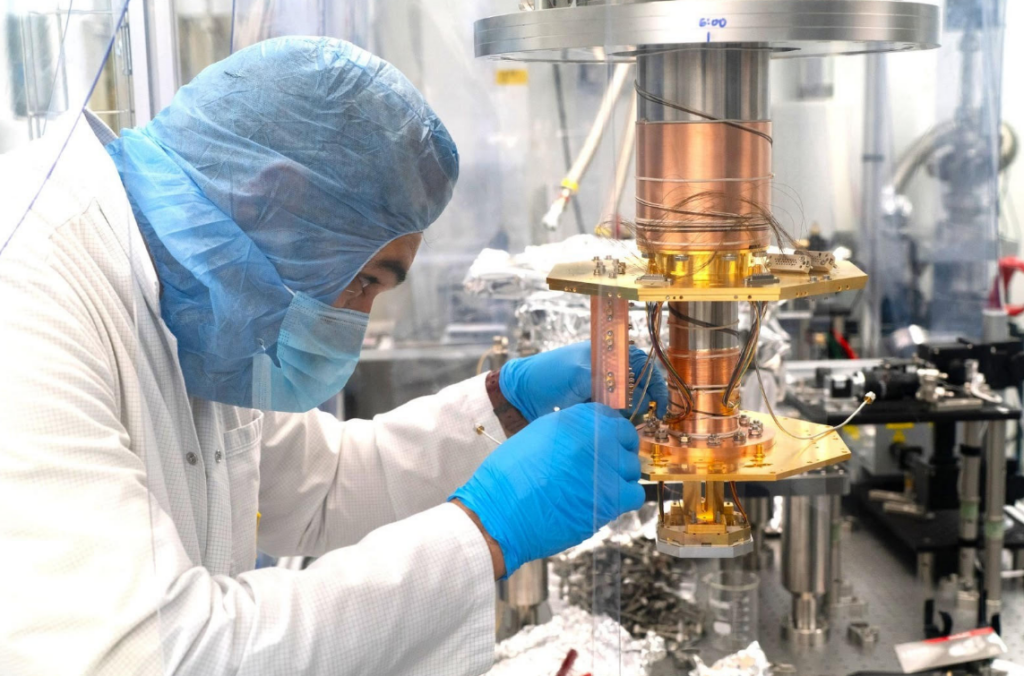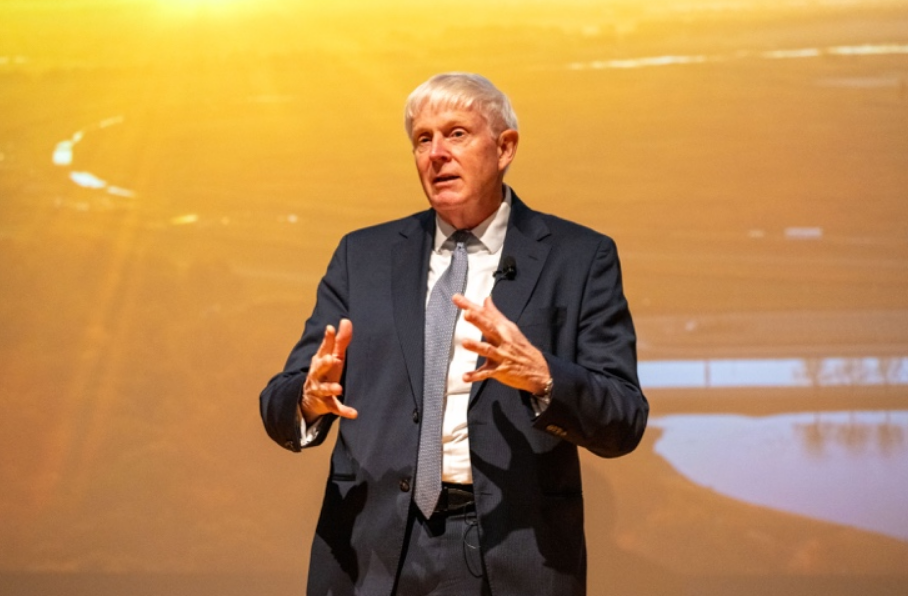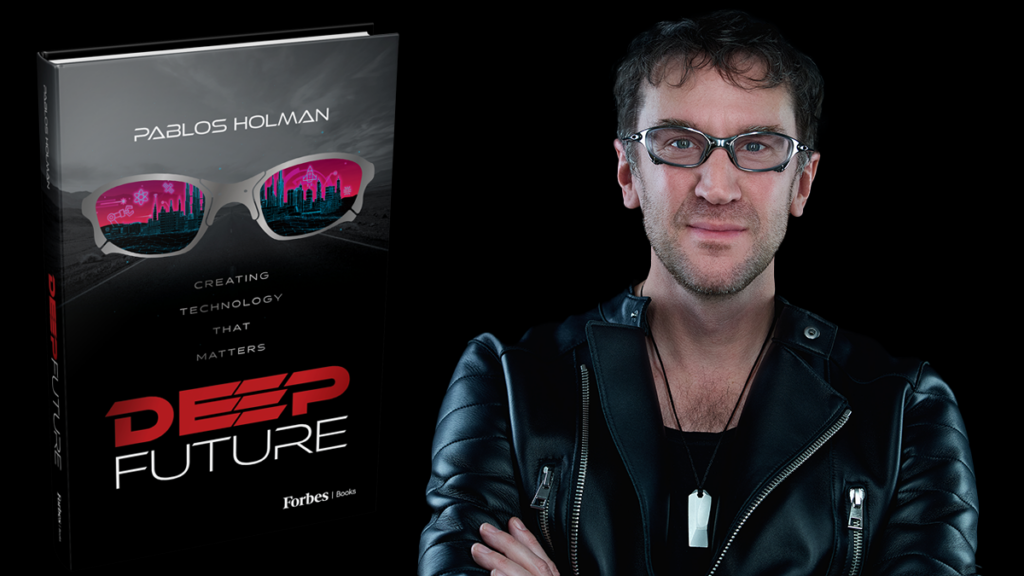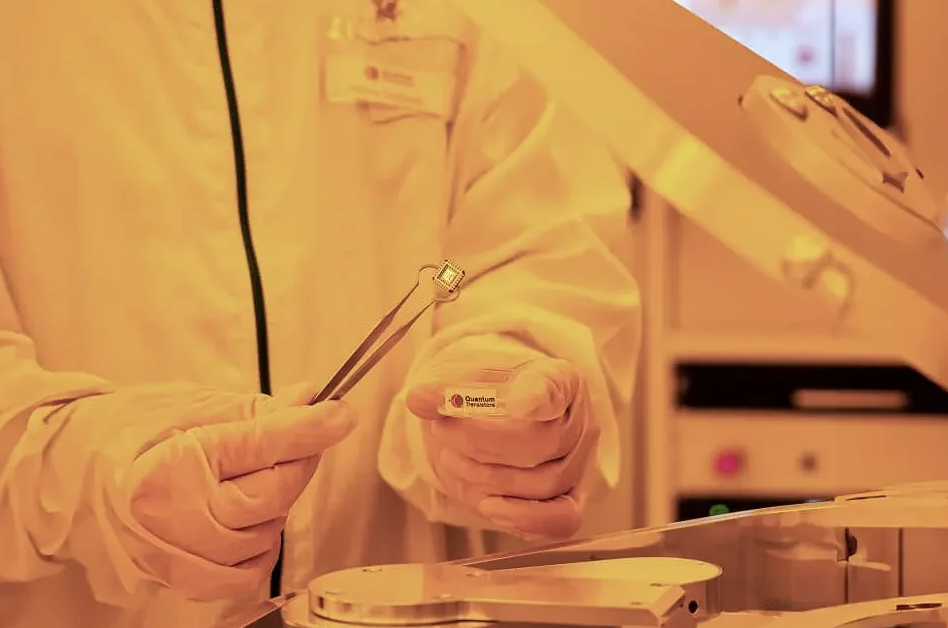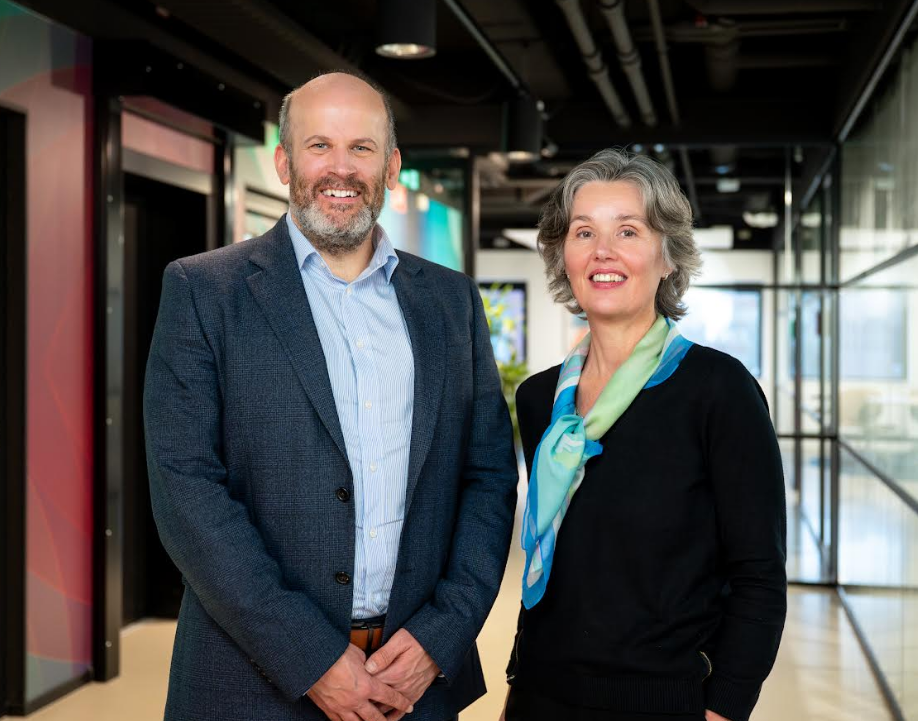Insider Brief
- ZuriQ has raised $4.2 million to commercialize a new trapped-ion architecture, enabling scalable quantum computing through a unique combination of electric and magnetic fields.
- The technology, developed at ETH Zurich, rethinks ion trapping by allowing ions to move freely in all spatial directions, overcoming scaling bottlenecks in traditional one-dimensional chains.
- ZuriQ aims to demonstrate a prototype with a reconfigurable 2D grid of dozens of ions this year, targeting industrial-scale quantum computing applications and global leadership in the field.
PRESS RELEASE — Trapped ions have been one of the most powerful approaches in quantum computing, demonstrating world-record performance, long coherence times and long-range connectivity. But these systems face a fundamental challenge: they struggle to dramatically scale up the number of physical qubits, relying on one-dimensional chains with hard physical limitations that prevent scaling — until now.
ZuriQ today announced it has raised $4.2M to commercialize a radical new architecture that could finally break through this scaling barrier. The seed funding round was led by Founderful with participation from SquareOne, First Momentum Ventures, OnSight Ventures and QAI Ventures.
Where traditional approaches connect one-dimensional trap regions into two-dimensional grids – ZuriQ has taken a fundamentally different approach. The company’s technology changes how ions are trapped, moving from purely electric fields to a combination of electric and magnetic fields. This allows ions to move in all spatial directions like an airplane, while competitor ions are more like cars driving along roads and through junctions. As the number of ions grows, just like too many cars creating traffic jams in busy city centers, bottlenecks in information flow will form on the trap chip. The freedom to move the ions in the ZuriQ approach is the key step to unlock the performance of these systems at scale.

The technology emerged from the ETH labs of Prof. Home, where founders Pavel Hrmo, Tobias Sägesser, and Shreyans Jain came together working on a high-risk project. After setting out to rethink ion trapping, the trio built a novel setup housing a microfabricated trap chip in a large superconducting magnet – an approach many doubted would succeed. Before capturing their first ion, the team spent months testing hundreds of parts where a single failure could have prevented the setup from working. Then when they first turned on the device, they were met with nothing – the system was silent with no hint as to what might have malfunctioned. For 6 months, they double checked their calculations, exhaustively explored all experimental parameters and pulled through a period of doubt when most would have dropped back to plan B. The founders, however, had only plan A which proceeded at pace, publishing the initial findings in Nature and demonstrating novel scientific applications all while working to incorporate the company.
Unlike existing quantum computer scaleups Quantinuum and IonQ, who build on decades-old technological blueprints, ZuriQ has redesigned the fundamental computational building block from the ground up enabling a much steeper rate of growth in computing power. Importantly, the re-design maintains compatibility with the proven control techniques developed by the trapped-ion academic community. The company is on-track to demonstrate its first prototype late this year that will have dozens of ions in a reconfigurable 2-d grid. Investor Pascal Mathis, Partner at Founderful said: “We have been highly impressed by the speed of execution of ZuriQ’s founding team and the pace of progress towards technical milestones that have been elusive in the community so far.”
Quantum computing is finding early applications in quantum chemistry for the pharma industry and in chemical engineering. However, like NVIDIA’s GPUs – which most knew only through gaming before becoming crucial to AI development – ZuriQ believes in providing the strongest possible platform for developers to discover innovative applications.
“The space for few-qubit devices that act as toy models is already saturated,” said Pavel Hrmo, CEO of ZuriQ. “Devices with 20-40 qubits won’t drive large profits. We need to focus on long-term scalability and demonstrate that our platform can grow the number of ions in two dimensions faster than our competitors.”
Looking ahead, ZuriQ is building toward the thousands of qubits required for industrially useful quantum computing. The company aims to become the flagship provider of quantum computing worldwide offering both direct system sales and cloud access, while fulfilling a strategic national priority for Switzerland. The systems will be continuously upgraded as the hardware matures, with particular focus on applications requiring high data privacy, such as financial portfolio optimization or drug design.












